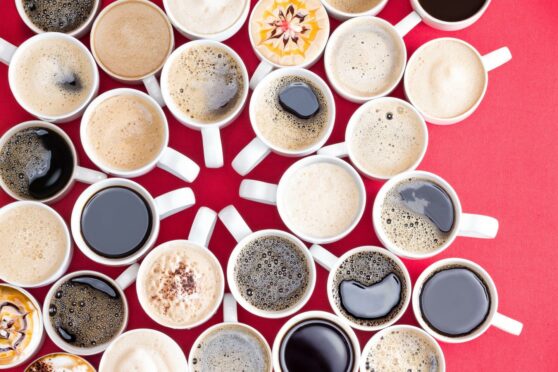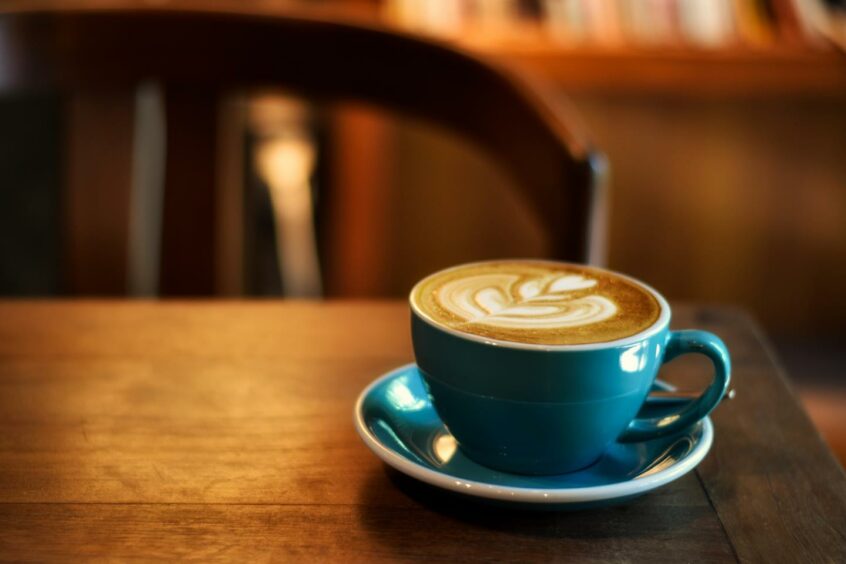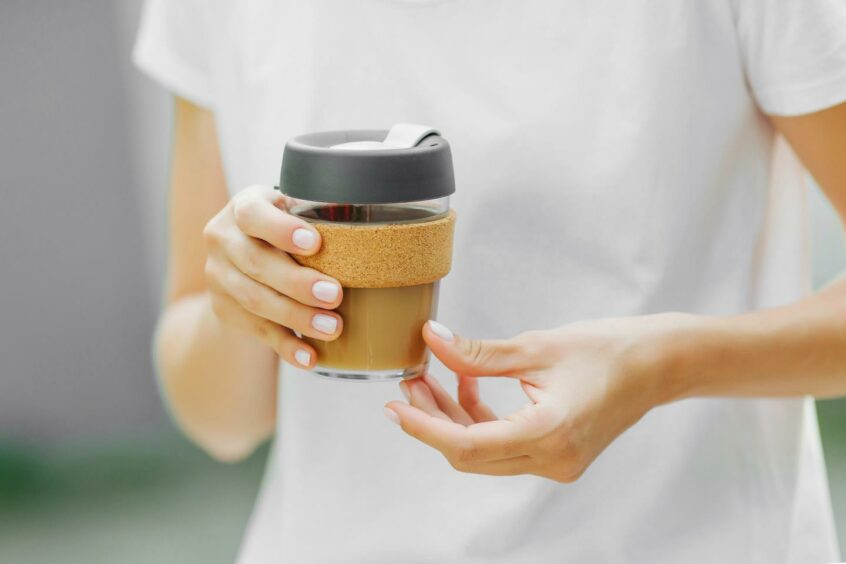The UK drinks an average of 123 million cups of tea and 95 million cups of coffee a day.
And while moderate caffeine consumption is classified as safe, it’s important to know relying on caffeine too much can have devastating effects on the body.
Health issues can range from increased blood pressures to sleep disturbances.
Here are our expert’s tips on how to curb your caffeine addiction and not be too reliant on your usual Starbucks pick me ups.
Cut back gradually
To avoid major withdrawal symptoms, the best thing you can do is to reduce your caffeine consumption gradually.
Instead of filling your morning cup of coffee to the top, try filling it a third of the way up and see how you feel for the rest of the day.
Similarly, say our health experts at Delamere, instead of ordering your usual large cup of coffee, order a small.
Cutting back slowly will help lessen symptoms such as headaches, irritability and nausea.
Know which products have caffeine
As well as your normal cup of coffee, be aware that fizzy drinks, energy drinks, chocolate and even chewing gum have caffeine in them.
While you may not want to cut these out of your diet completely, simply knowing these products contain caffeine is one of the first steps to curbing your addiction.
Try alternatives
For instance, switch your morning cup of coffee to a cup of green tea to limit caffeine intake.
It contains half the amount of caffeine as brewed coffee and contains many health benefits, such as improved brain function and increased prevention of Type 2 diabetes.
If you’re feeling brave, you may want to try switching your morning cup to water or juice.
Switch to decaf
If you drink caffeine for the taste, try switching to decaf.
From decaf teas, coffees and sodas, there are so many alternatives that will make you forget that you are not drinking caffeine.
This may even create a placebo effect where your body feels just as awake and alert.
If you’re not ready to fully make the switch, try using the tea shortcut where you brew your usual cup of tea for a shorter amount of time to reduce the amount of caffeine in it.
Drink more water
When it comes to water intake, health experts generally recommend you need to drink about two litres of water a day.
If you find you are not consuming this much, this may be a sign that you need to cut down on your caffeine intake.
If this is the case, make it a goal to drink more water.
A top tip is to get a transparent water bottle that has time markings on it – this will give you a realistic idea of how much water you should drink within a set period of time.




